The following is an article that I saw on Sanzui (unfortunately, you need to register to see the original text), which was in turn reposted from sina.net, a Chinese web portal. I’m trying to stick as close to the original text as possible, so some places might read a little awkward. Also, note that 1 USD = 7.7 RMB at current exchange rates. I should also note that coincidentally, I’ve actually met Li Jing at the Shanghai tea expo.
Buyers don’t buy, sellers don’t sell: Today’s puerh in a frozen state
From Jinghong, the capital of Xishuangbanna, to the tea country of Menghai, one must pass through Nannuo Mountain.
On the west side of the highway is the wooden house of Qiuhe. The people live on the second floor, and on the ground floor there’s a huge bag of tea, totaling some 250kg. This is freshly produced spring maocha. Right now it’s May 9th, and the price for old tree Nannuo maocha is about 280 RMB/kg. At this price, just this bag of spring tea is worth 70,000 RMB. Adding in the summer and fall teas, making 100,000 RMB this year is no problem for Qiuhe.
Yet he hasn’t sold one single kilogram of tea. He said he’ll wait — he’s hoping for 300 RMB/kg.
Qiuhe has a reason to wait. This Hani ethnicity family has been living in Nannuo Mountain for generations, and have always relied on tea as a living. From what Qiuhe remembers, in the 80s the price for all teas, plantation or old tree, were the same, around 0.4 or 0.5 RMB/kg. It wasn’t until 1999 when the price rose to 3 RMB/kg. Then after 2004 came around, the price went far beyond what he imagined possible. Two years ago, it hit 40 RMB/kg, and last year at the beginning of the year it was already at 55 RMB/kg. This year it zipped past 200 RMB/kg in no time.
Yet, just across the road, the general manager of the Menghai Shagui Boma Tea Factory, Li Jing, said as soon as I met her, “this year’s no good. Renminbi (RMB) shrinks as soon as it sees tea leaves. What do you think this is?” Her factory didn’t receive an order until very recently for two or three tonnes of tea. “You see that factory down the road? They haven’t even lit their furnace (for making tea)”
Li said that the prices this spring for various famous mountains rose about seven to eight times for plantation teas, and more than 10 times for old tree teas. Take Banzhang village of Bulang mountain for example, last year it was around 100-200 RMB/kg for old tree tea. This year, before May 1st, the price shot past 1250. Hu Wang, who came from Beijing to buy maocha, said he’s even bought some for 1600 RMB/kg.
Banzhang village is almost like a fairy tale this year. When Li came here in April to buy tea, she agreed on a price of 1100 RMB/kg on the first day she arrived. The next day, it went up to 1150. She decided to wait a little, but when she got up the next morning, it was 1200. She decided not to wait any longer, and bought 60kg. The tea cost more than the car that carried it home.
Away from Qiuhe’s home, on the other side of Nannuo mountain in the hamlet of Shuihelao, Xiao Zhixin, a graduate student in anthropology from Beijing University is also seeing the effects that the puerh tea craze has had on the people here. “A few years ago the people here just grew their own rice and corn to eat, some families didn’t even make enough food to feed themselves. Even last year, when the tea prices just started rising, there were only two motorcycles in this hamlet of 240 people. Now most have at least one, if not two motorcycles. There are even some new karaoke bars, and some girls from out of town who just loiter in front of them.”.
Pazheng village, to which Shuihelao belongs, produces mostly plantation teas. They neither have the old trees of Nannuo Mountain, nor the miracle of Bulang mountain’s Banzhang village.
Li Jing said other than families that only have old people and kids, almost every family has a car these days, mostly pickups of some sort. As long as you have an identification card for Nannuo or Banzhang, put down the ID card and sign a contract, you can take home a motorcycle or even a car right away. According to a tea merchant from Beijing, a farmer in Banzhang could make a few hundred thousand RMB easily, and during the harvest season, just one day’s picking would be a few thousand RMB.
But, as one can see from Qiuhe’s old wooden house, the wealth that has suddenly arrived is only affecting one corner of Yunnan. According to Yang Shanxi, the director of Yunnan’s Tea Bureau, on the whole Yunnan fresh (unprocessed) tea leaves prices rose about 2-3 times this year, from last year’s 3-4 RMB/kg to this year’s 10-12 RMB/kg. Even then, it is still far from Zhejiang province’s prices, as maocha for Yunnan is around 62 RMB whereas Zhejiang has reached 182. Zhang Jun of the Tea Institute of Yunnan’s Agricultural Academy thinks that as long as the market develops normally, there’s still ample room for growth in puerh tea prices.
Statistics also show that even though Yunnan farmers have had a substantial increase in their income in recent years, they are still ranked in the bottom when compared with the rest of the country. But the stories of Lao Banzhang has attracted the attention not only of people from Menghai or just the puerh production areas, but the whole country as well.
When asked about her thoughts when she joined the puerh tea industry as a kindergarten teacher in 2005, Li Jing said “when I saw other people making money, I wanted to make some money too”. She has natural advantages, having lived in Nannuo for almost 50 generations. Her father teaches in Lao Banzhang. “I was naive back then. There are lots of relatives, so it was easy to buy maocha. When we got maocha we just made it into finished products and sell. It was easy to make money”.
The same thought went through everybody’s mind. Li said that this year, in the local bank in Menghai, there were four lines of people who were lining up to take out cash. The local branch didn’t have enough money to pay all of them, and had to get cash transferred from Dali to meet the needs. Everybody talks about puerh when they meet. A parent of one of her former students, who used to be a garbage collector, asked when seeing her “Teacher Li, you want puerh? I have all sorts of teas.”
“Prices for rice went up. Prices for vegetables went up. People who used to grow vegetables went to collect tea. People who used to work in restaurants are now working in tea factories. Even nannies are impossible to find” Li said, noting things that outsiders don’t see. “Many tea factories can’t begin production because they can’t find workers. Last year we paid 30 RMB per day for wages. This year people won’t even work for 50”
Li’s problems are not limited to these. She planned to make a tea factory in 2005. In 2006 they made about twenty to thirty tonnes of tea in the spring. With the money she and her partner made, as well as the money loaned to her from her distributors, she expanded the factory’s capacity to 500 tonnes a year, and owed a million RMB in debt in the process. The factory was finished early this year, but prices of maocha is already so high that nobody wants to risk putting down a big order. “If our customers don’t send us money first, we don’t do the order. What if the market crashes? We’ll be dead.”
Factories like Li’s are very common. She said that last year there were only about 50 factories in the area. This year, there are 170. In fact, in the whole of Yunnan, according to Yang Shanxi, puerh processing capability is already approaching 200,000 tonnes a year. Last year’s production of all teas was 138,000 tonnes, with puerh accounting for about 80,000 tonnes of it. This means that there’s already a large distance between capacity and demand, which caused the prices of tea to rise quickly this year. The
other main reason is that rain came late this year, lowering overall production of tea leaves in the spring.
Late night on May 11th, in the lobby of a hotel in Jinghong sat a group of tea merchants from various placing, drinking together. Some of them have already been in Xishuangbanna for two or three months, but they still haven’t placed a big order. After May 1st, the price of Lao Banzhang has already dropped back to 800 RMB/kg, but still, nobody was buying and nobody was selling.
“Right now the situation is quite funny — buyers don’t buy, and sellers don’t sell”, Hu Wang said. He said that on the one hand, tea farmers want a better price. On the other, merchants are worried about risk, so they have been delaying their purchase, which then freezes the market.
A Hebei tea merchant bellowed out “do you bet high or do you bet low?”
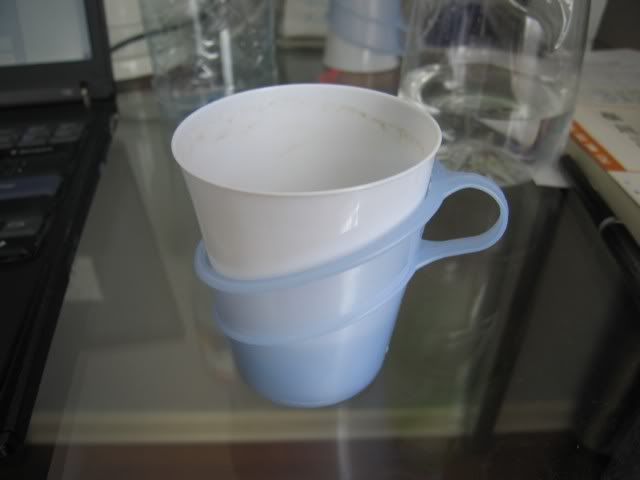


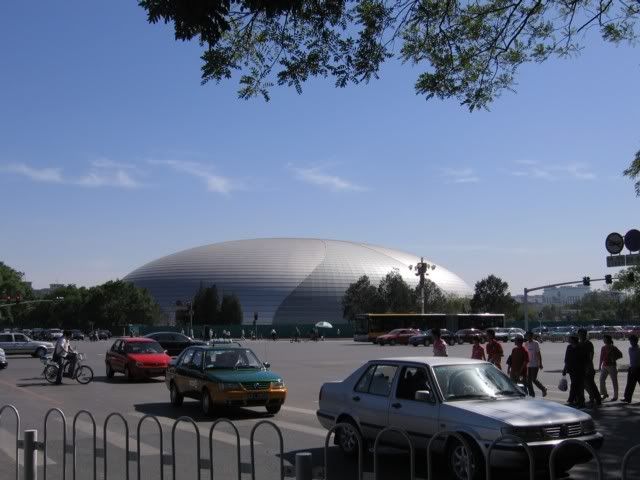
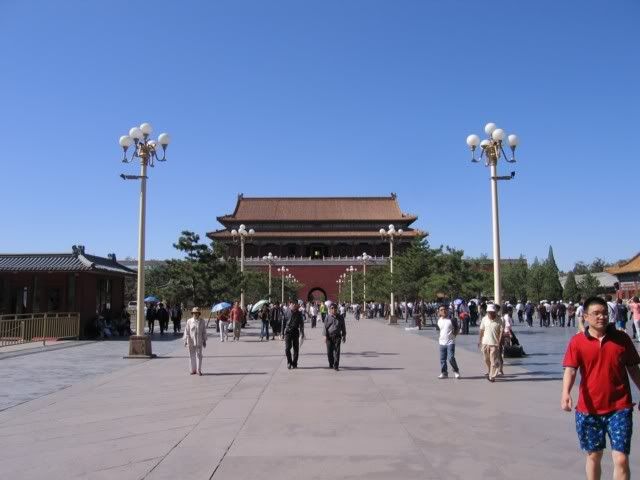
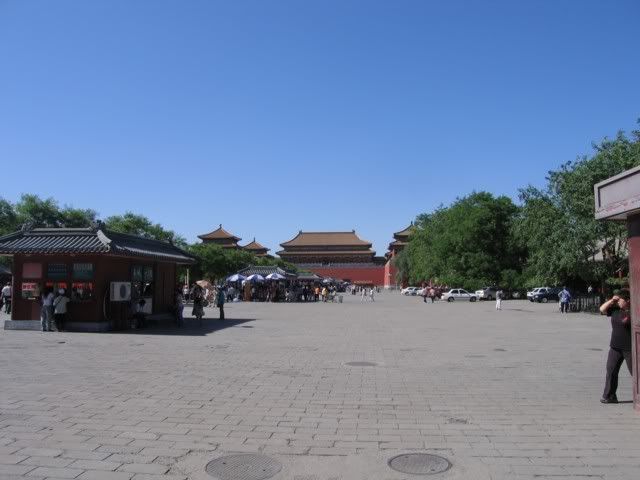

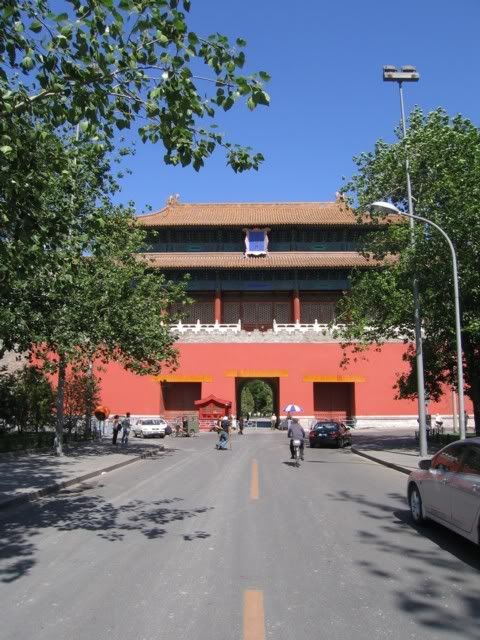
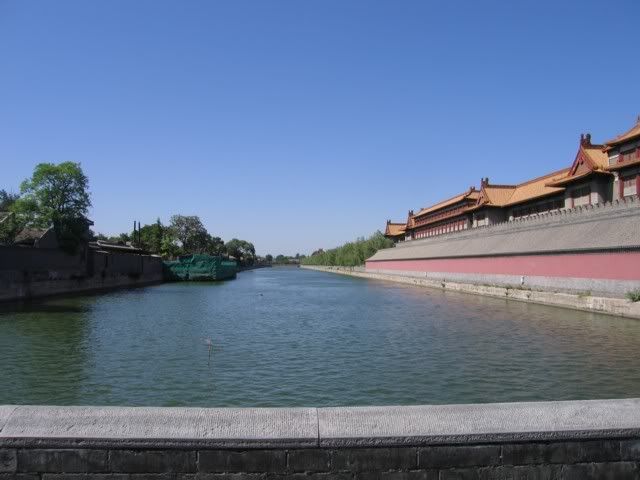

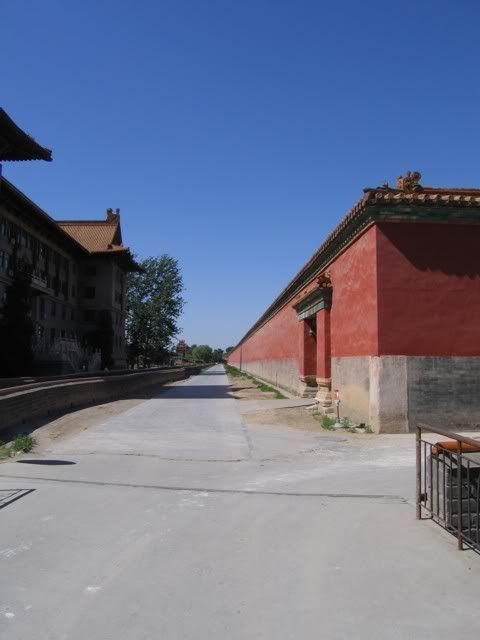
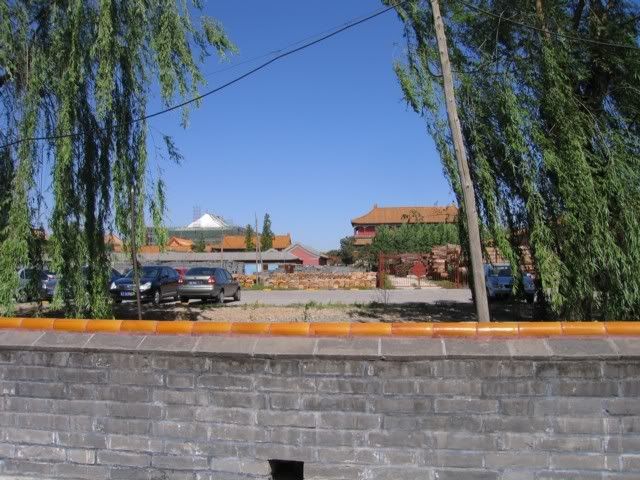




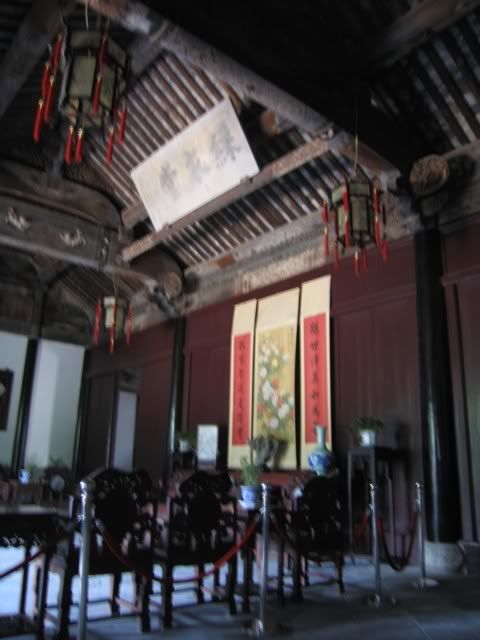
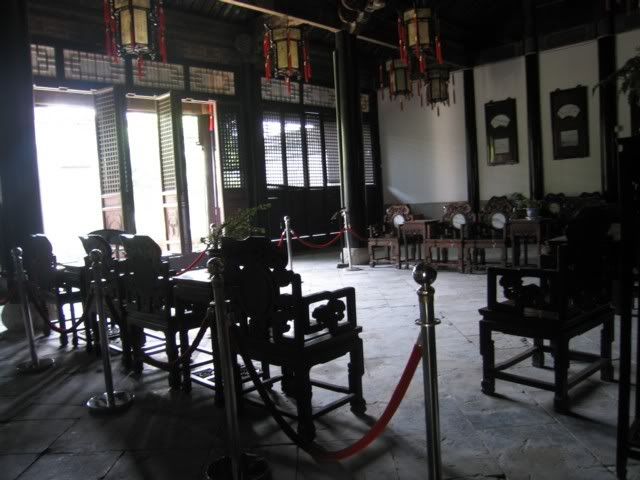


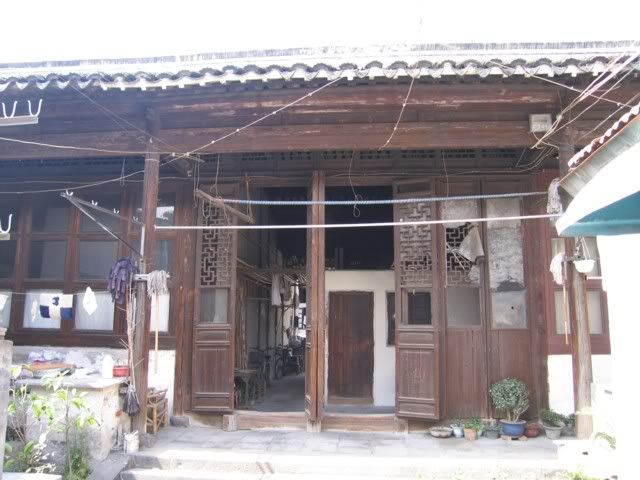

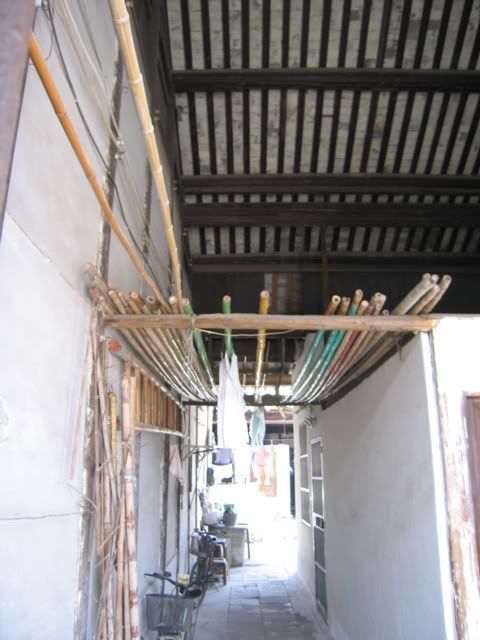

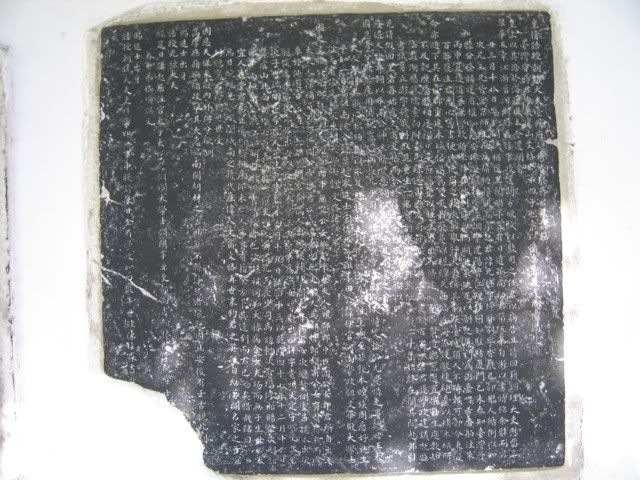

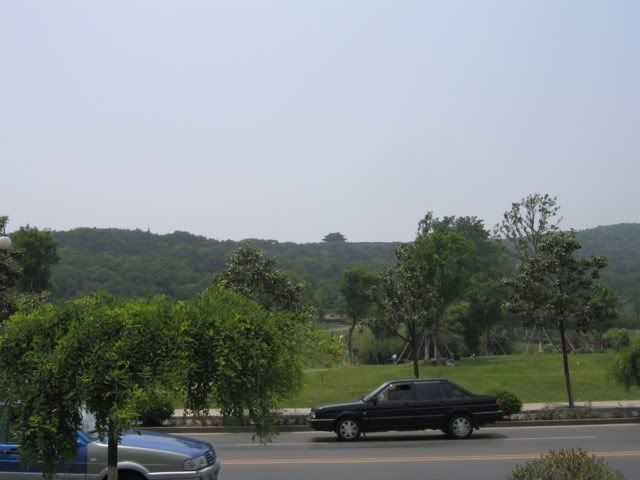
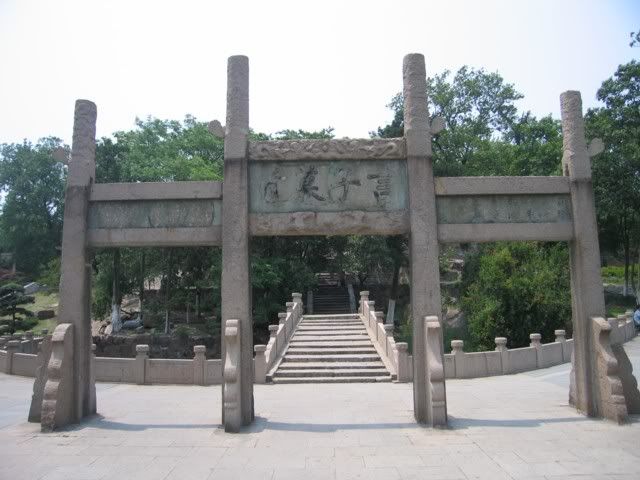
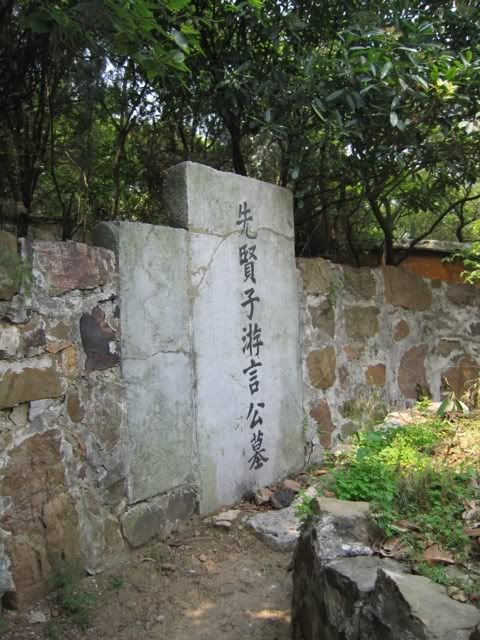

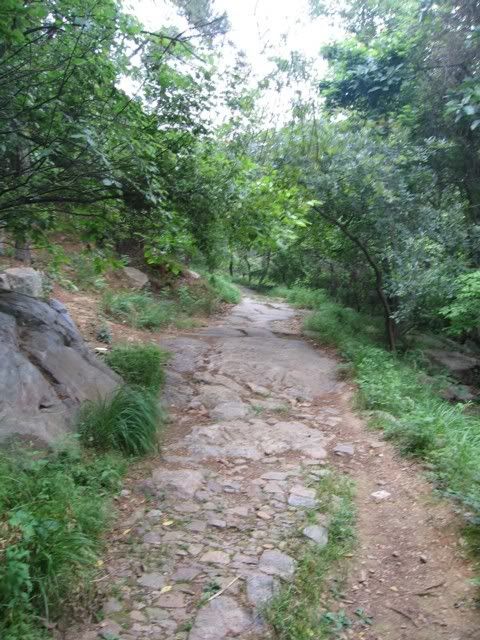

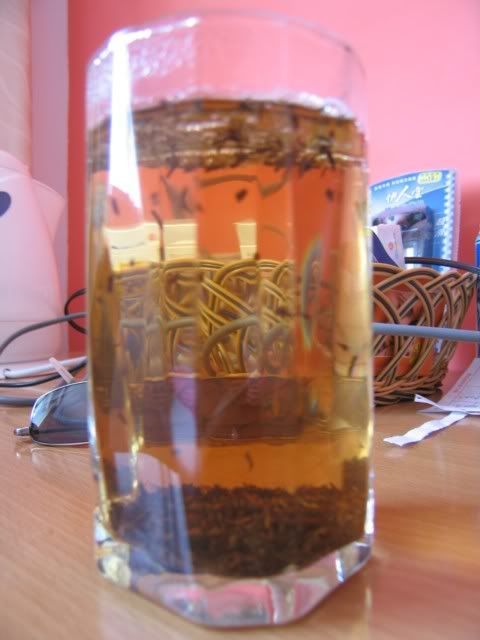
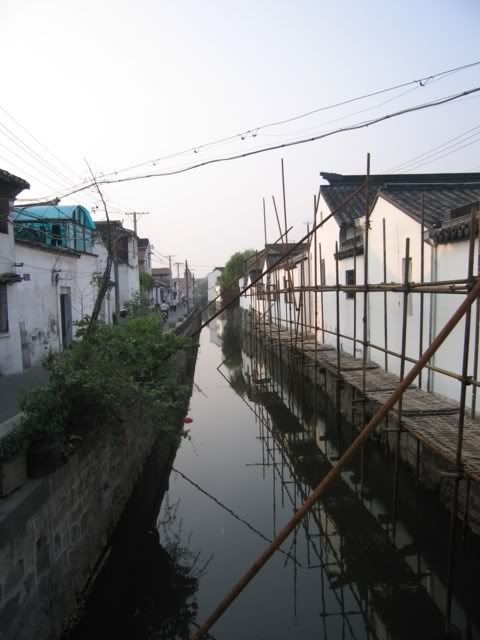

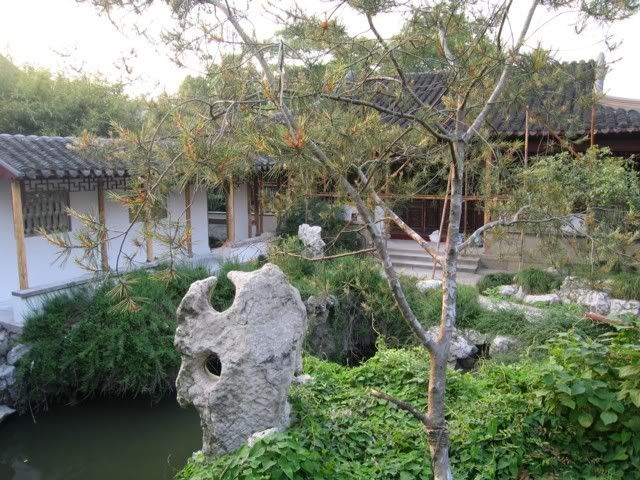

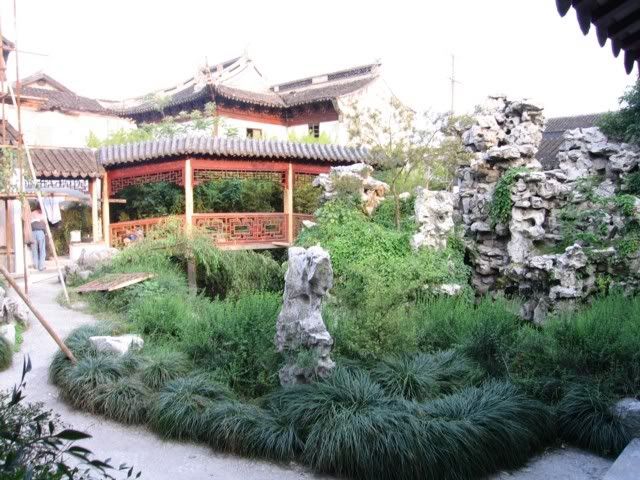
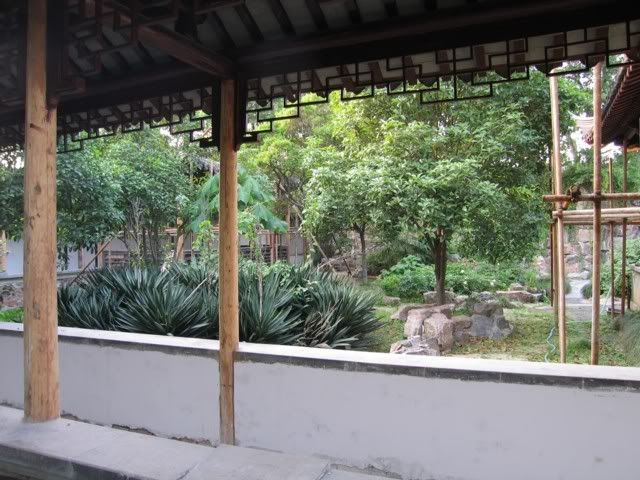
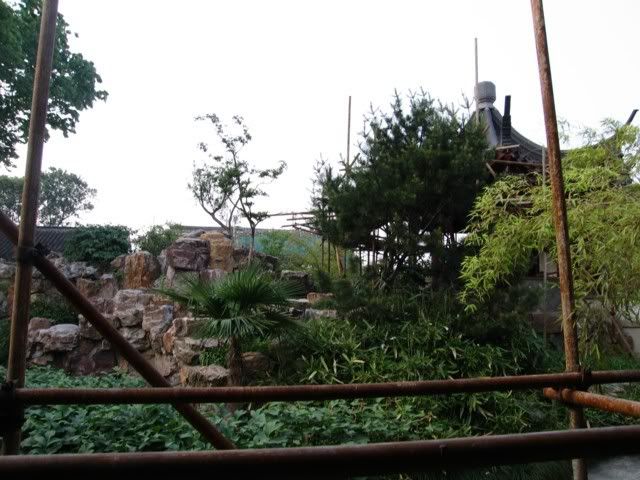
 RSS - Posts
RSS - Posts
Interesting.... would 250C in my oven work?